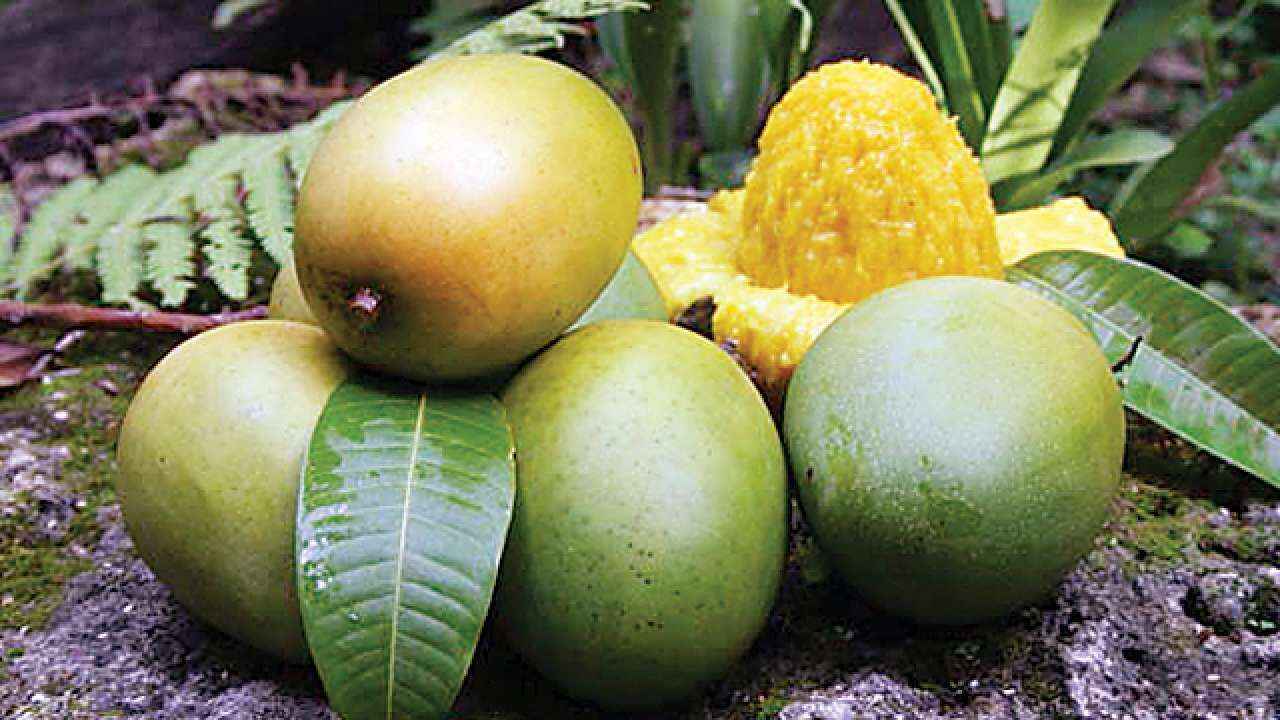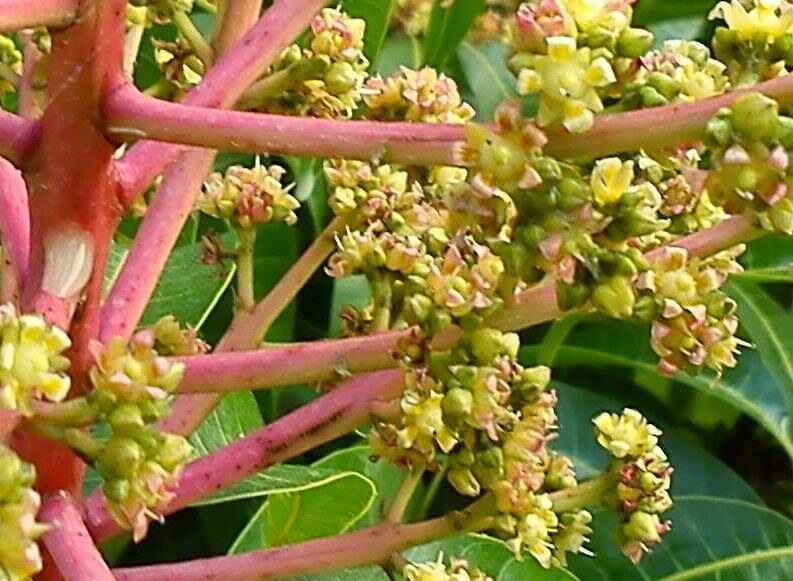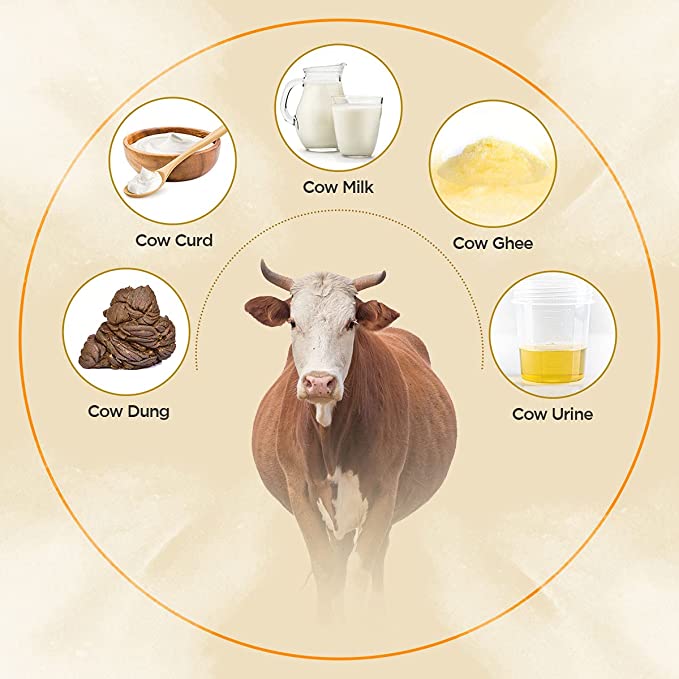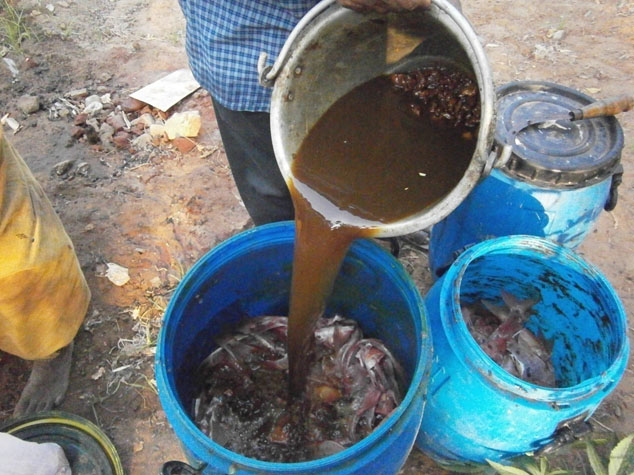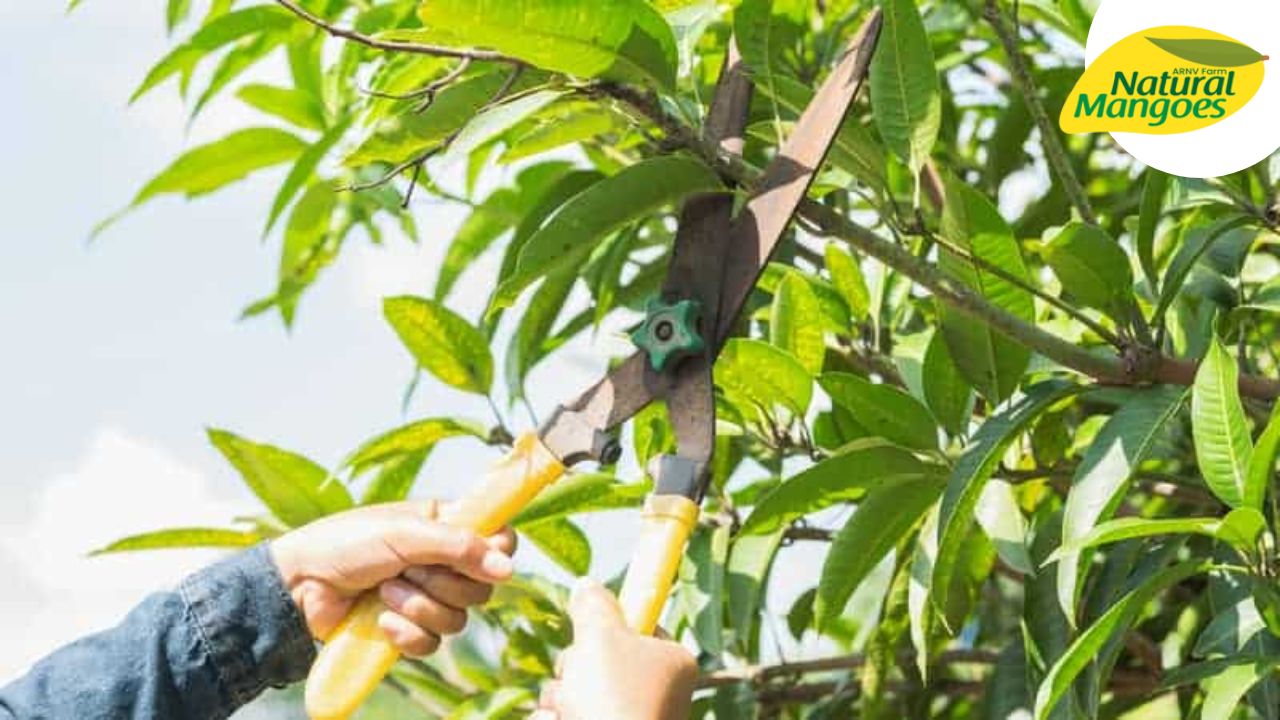How To Prune a Mango Tree

How To Prune a Mango Tree: A blog post about the best way to prune a mango tree.
Mangos are a delicious and nutritious fruit, enjoyed by people all over the world. But did you know that mango trees need to be pruned in order to produce the best fruit? In this blog post, we’ll explore how to prune a mango tree for optimum fruit production. We’ll cover the best time of year to prune, the best way to remove branches, and how to shape the tree for maximum yield. So if you’re ready to learn how to get the most out of your mango tree, read on!
What is pruning?
Pruning is the process of removing dead, dying, or diseased branches from a tree. It is also done to remove any branches that are rubbing against each other, to thin out the canopy of the tree, or to shape the tree. Pruning should be done when the tree is dormant, which is typically in late winter or early spring.
Why prune a mango tree?
Pruning is an important part of maintaining a mango tree. It helps the tree to produce more fruit, and it also keeps the tree healthy by removing dead or diseased branches and also helps to control the size of the tree.
Mango trees should be pruned in late winter or early spring, before new growth begins. The best time to prune a mango tree is when it is between 3 and 5 years old. Once the tree has been pruned, it will need to be pruned every year or two to maintain its shape and size.
The best time of year to prune a mango tree
The best time to prune a mango tree is during the dry season, from July to August, just before the tree begins its active growth period. Pruning at this time will help encourage new growth and promote fruit production.
How to prune a mango tree
Pruning a mango tree is important for its health and vigor. Start by removing any dead or diseased branches, as well as any that are crossing or rubbing against each other. These branches can be identified by their brittle bark and lack of leaves.
Next, thin out the canopy of the tree to allow sunlight and air to reach the inner branches. Start by removing any branches that are growing vertically. Cut these back to a lateral branch or the trunk of the tree.
Finally, cut back any remaining lateral branches by one-third to one-half their length. Make your cuts just above a node, which is where new growth will occur.
Be sure not to over-prune your mango tree. If you remove too many branches, it can weaken the tree and make it more susceptible to pests and diseases
What tools to use when pruning a mango tree
There are a few different tools you can use when pruning a mango tree, but the best tool to use is a sharp pair of pruning shears. Other tools you can use include a saw or an axe, but these are not as effective as pruning shears.
When using pruning shears, make sure to cut at a 45-degree angle so that the cut is clean and doesn’t damage the tree. Also, be sure to take off any dead or diseased branches first before trimming back healthy growth.
Conclusion
Pruning a mango tree is not as difficult as it may seem. With a little bit of know-how and the right tools, you can easily prune your mango tree to keep it healthy and looking its best. Use our tips and tricks to get the job done quickly and effectively.



